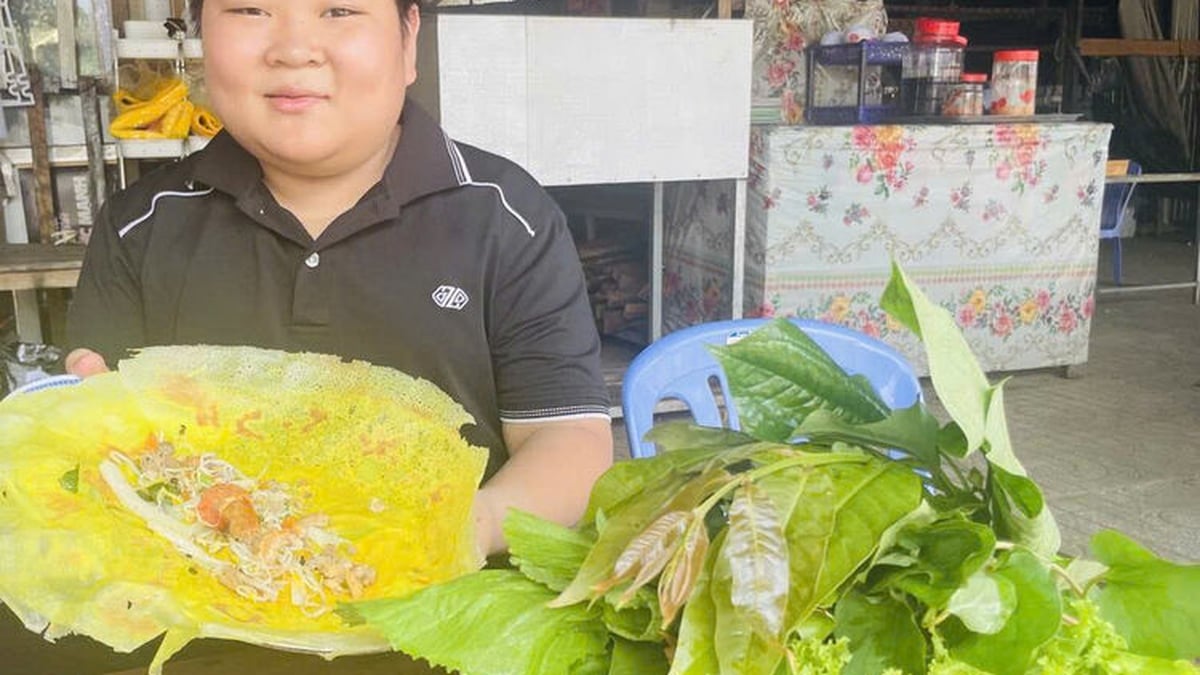Moc Chau district is interested in implementing the construction of biomass corn growing areas, linked with a sustainable product consumption chain. With the drastic participation of local authorities, the biomass corn growing area has been gradually expanded, contributing to increasing economic value and ensuring food sources for livestock in the area.

Potential for biomass corn development
Biomass corn is corn harvested at the stage of waxy corn to be fermented as food for buffaloes and cows, mainly dairy cows. Currently, in Moc Chau district, there are over 25,000 dairy cows, on average, a dairy cow needs about 30 kg of fermented corn/day, the demand for biomass corn is about 200,000 tons/year. Of which, Moc Chau Dairy Cow Breeding Joint Stock Company produces about 30,000 tons, the remaining 170,000 tons must be purchased from districts in the province and the provinces of Hoa Binh , Phu Tho, Thanh Hoa, Nghe An.
In 2023, the total corn growing area of Moc Chau district will be over 10,200 hectares, of which the biomass corn growing area will be over 1,800 hectares, concentrated in areas with favorable terrain and transportation routes, such as: Moc Chau Farm Town and the communes of Dong Sang, Muong Sang, Tan Lap, Phieng Luong, Chieng Son, Chieng Khua; the total biomass corn output will reach over 67 thousand tons. Currently, the livestock herd, especially the dairy cow herd in Moc Chau district, is increasing sharply, so the demand for feed from biomass corn products is very large.
As a person who has been involved in agriculture , farmers and rural areas of the province for many years, comrade Hoang Van Chat, former Secretary of the Provincial Party Committee, former Chairman of the Provincial People's Council, introduced Vietnam Biomass Corn Joint Stock Company to participate in a closed chain from production, harvesting, processing and consumption of products, creating a sustainable value chain, improving the lives of people in the Hoa Binh hydropower reservoir area in Moc Chau district. Comrade Hoang Van Chat shared: The potential and advantages of growing biomass corn in Moc Chau are very large, but the output is not enough to meet the needs of Moc Chau Dairy Cow Breeding Joint Stock Company. I advised Moc Chau district to choose Tan Hop commune, a commune in the reservoir area with many difficulties, with advantages in land and labor to develop biomass corn.

From the suggestion and introduction of comrade Hoang Van Chat, former Secretary of the Provincial Party Committee, in early 2023, Moc Chau district deployed a biomass corn planting model in Na Sanh and Na Muong villages, Tan Hop commune, with 47 households participating, with a planting area of nearly 35 hectares. Of which, the district budget supported nearly 80 million VND; Moc Chau Dairy Cow Breeding Joint Stock Company supported 207 tons of fertilizer, Vietnam Biomass Corn Joint Stock Company advanced seeds, materials, supported workers and spraying planes to prevent fall armyworms, the model initially showed very positive signs.
Mr. Dinh Van Thuan, Chairman of Tan Hop Commune People's Committee, informed: Through the pilot planting model in 2023, it shows that biomass corn has a short harvest time (about 85-90 days), can be planted 2 crops a year; less affected by negative weather, pests and diseases, higher planting density, on average 1 hectare of biomass corn yields about 23 tons, with an average selling price of 1,950 VND/kg, after deducting costs, people earn about 18 million VND/ha, 6 million VND/ha higher than growing corn for grain. From the effectiveness of the pilot planting model, in 2024, the commune strives to plant 500 hectares of biomass corn, exceeding the district's target of 365 hectares. Currently, the commune has worked with the villages to make a specific and detailed plan for biomass corn planting.

Sustainable Development Link
With positive signals, biomass corn is becoming a suitable choice for many households and localities in converting crop structure, especially in communes in the lower districts, along the Da River, and border highlands because of natural conditions (land, climate, terrain), farming skills, and investment capacity of people in this area. There are not many options and advantages when determining the target for conversion. Biomass corn production will bring higher income efficiency than corn grain production if production and investment are organized appropriately.

Mr. Le Trong Binh, Chairman of Moc Chau District People's Committee, said: The district has directed the development of biomass corn growing areas, creating more jobs and stable income for people. At the same time, reviewing and implementing the planning of biomass corn growing areas of about 3,500 hectares, with about 7,000 households participating; in which, focusing on expanding the biomass corn growing area in communes along the Da River lake with inefficient sloping land, difficult to cultivate and mechanize; continuing to work with companies to deploy production and consumption chains of biomass corn products.
In 2024, Moc Chau district strives to grow over 2,100 hectares of biomass corn, with an output of 40 tons/ha and a total output of 90,000 tons. The district will support the construction of a biomass corn planting model on sloping land in 7 communes, including Hua Pang, Na Muong, Ta Lai, Tan Hop, Quy Huong, Long Sap, Chieng Khua, each commune will support the construction of a model with an area of 10 hectares, with a support level of 3 million VND/ha. At the same time, a sustainable biomass corn product consumption chain will be built with the participation of cooperatives and over 500 dairy farming households.

Mr. Nguyen Sy Quang, Deputy General Director of Moc Chau Dairy Cattle Breeding Joint Stock Company, said: In addition to concentrated feed, rough feed from silaged corn is very important in increasing milk yield and quality. The company is committed to Moc Chau district and communes to ensure the purchase of all silaged corn products from local people and continue to expand the raw material area.
It can be affirmed that converting inefficient crop areas to growing biomass corn is opening up a new and effective production direction for farmers in Moc Chau. In addition to minimizing risks due to weather conditions, this model can also increase the number of production crops compared to corn for grain, contributing to increasing farmers' income and proactively providing feed for livestock. Along with the development of dairy cow, beef cattle and grass-fed cattle farming, developing biomass corn growing areas to provide green forage for livestock will bring high economic efficiency, creating and maintaining sustainable links between businesses and farmers.
Viet Anh, Duy Tung
Source

































































































Comment (0)